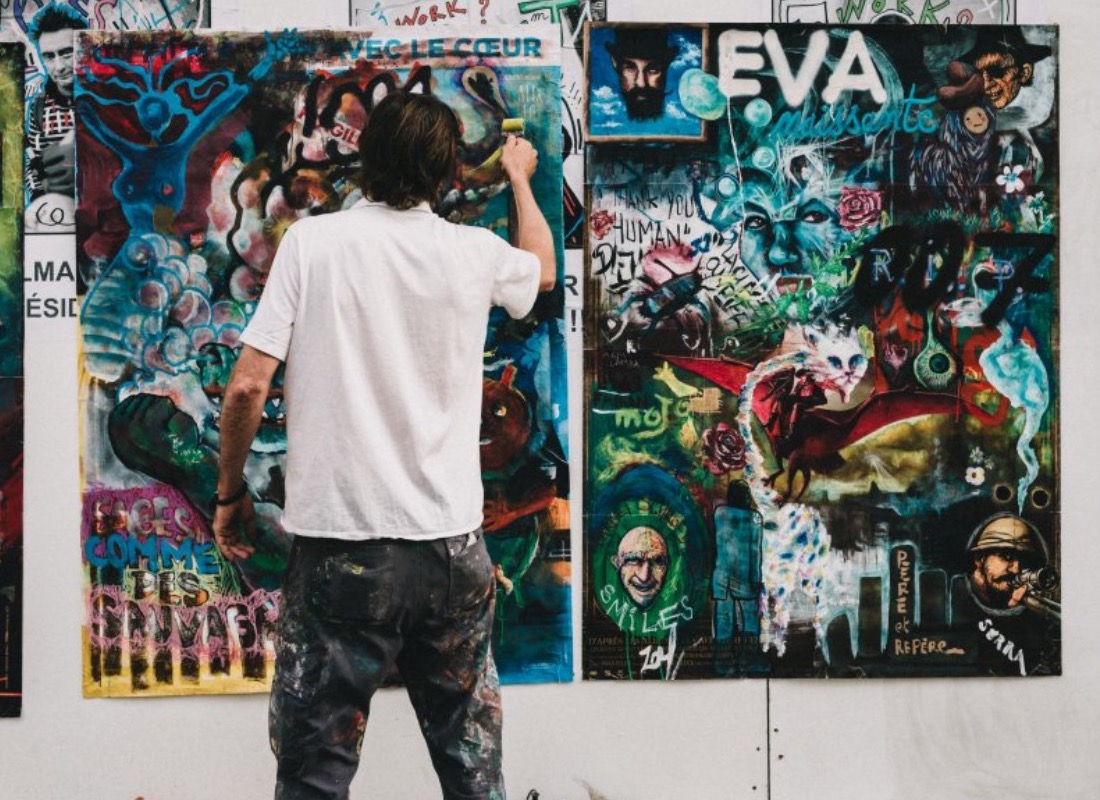
There has been a lot of controversy about street art and graffiti in general. We have seen some artists reach stardom, but we’ve also seen a lot of people end up in jail for their artistic expression. The opinions about street art have always been divided - people either love it or hate it, but it seems that street art is becoming quite a significant medium in the art world.
In this era we live in, it has become very important to be socially engaged as much as possible. Street artists are simply elevating that social engagement to a new level through their work. In order to understand the appeal of street art as an art form, we need to understand what it really is, and how it became one of the most widespread art forms in the modern world. Street art is usually more present in urban areas and it represents the escape from the gray and repetitive surroundings of a city. Because of its availability and social message, street art is one of the most criticized art forms in the world. Modern street art originated in New York City, in the 1960s as an evolution of graffiti and protest slogans written on the walls. It evolved through the 1970s and 1980s when it became a worldwide phenomenon all the way up to now.
Terminology and different styles of street art
With the expansion of street art, it has become common to have street art exhibitions in galleries and museums. Artists are doing guerilla sculptures, installations, posters and it can all be a bit confusing to address a piece of street art if you don’t know the correct terminology. Here are some of the basic terms and styles commonly used in the street art world.
Tag – Usually a stylized signature, which is done with a marker or an aerosol spray color, most commonly done by freehand
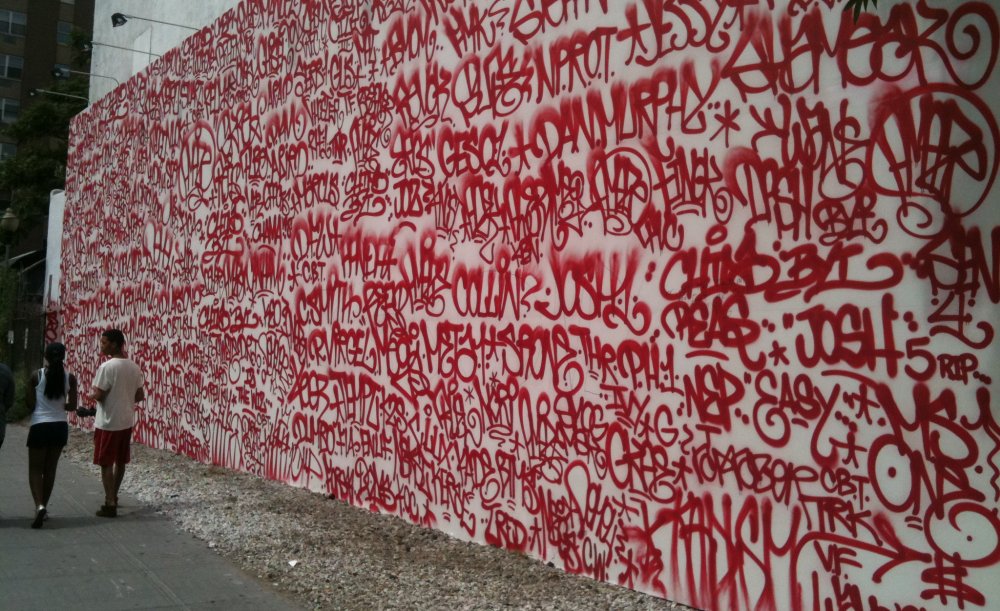
Character – Characters can be cute, cartoonish, incredibly realistic, creepy, etc. 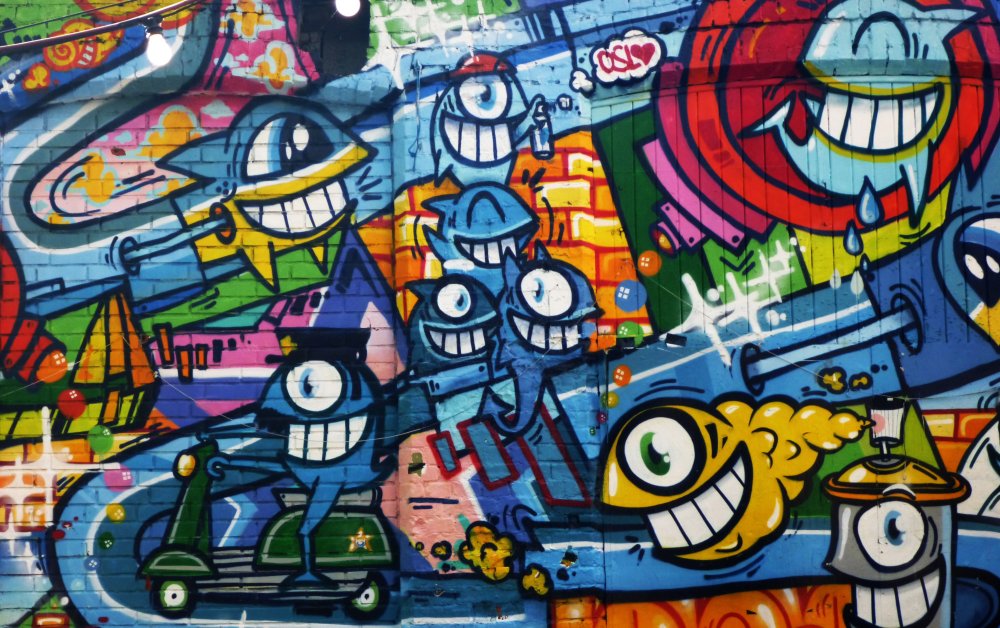
Wildstyle – Intricate and elaborate pieces that often can’t be read unless you’re a writer yourself. They consist of interlocking letters, symbols, as well as different elements.
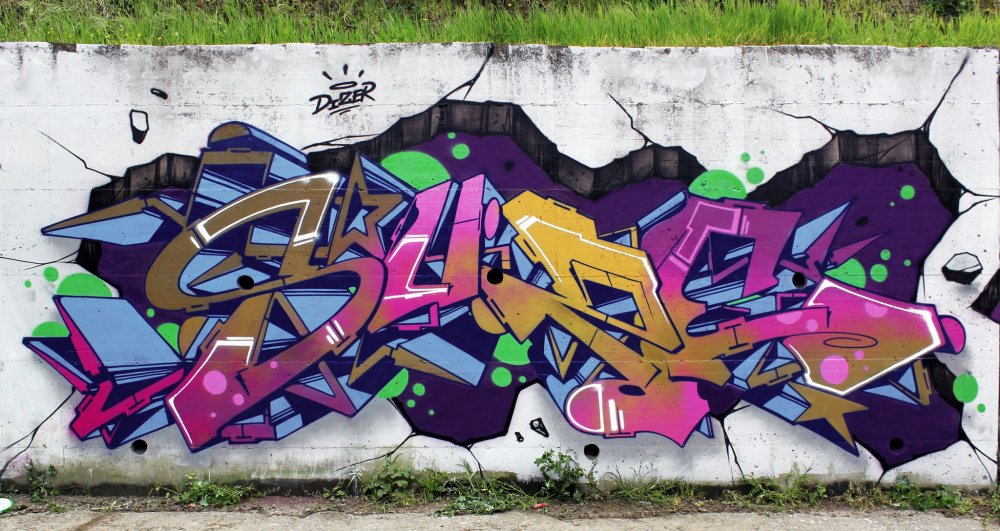
Co-op – A collaboration piece made by multiple artists, commonly working at the same time on the same piece. The piece can be unified or done from a number of individual parts on a specific space.
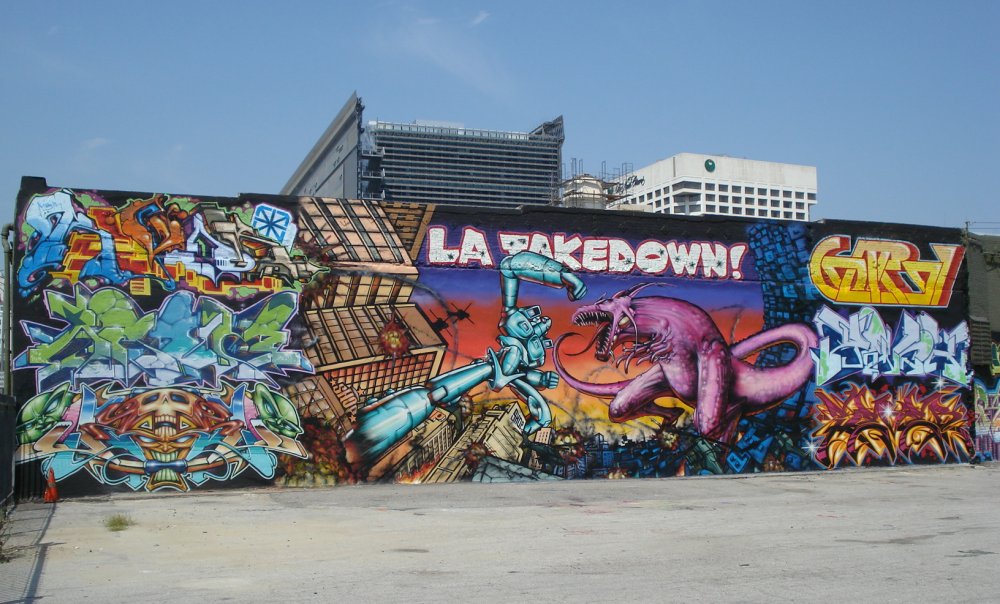
Mural – Usually very large piece done on a legal wall, done by a group, or an individual artist. It can depict a scene; it can be completely abstract or done as a series of smaller art pieces, connected in one way or another
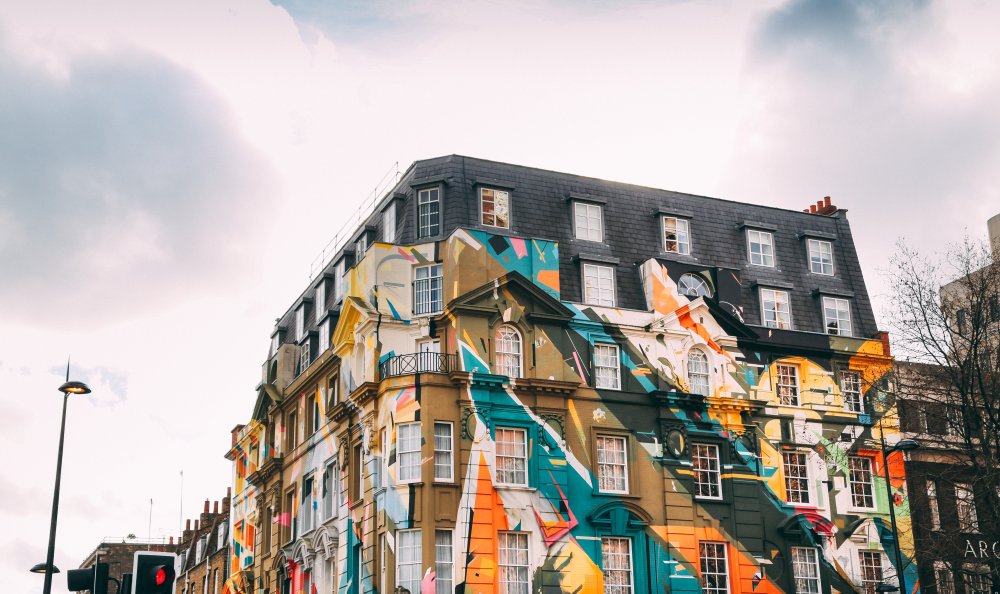
Installation – Most commonly a specified art piece for a specific area, done in a 3D medium of any type. It can be temporary or permanent and it may combine several art techniques. From mosaic to guerilla monuments, street art installations can differ quite a lot
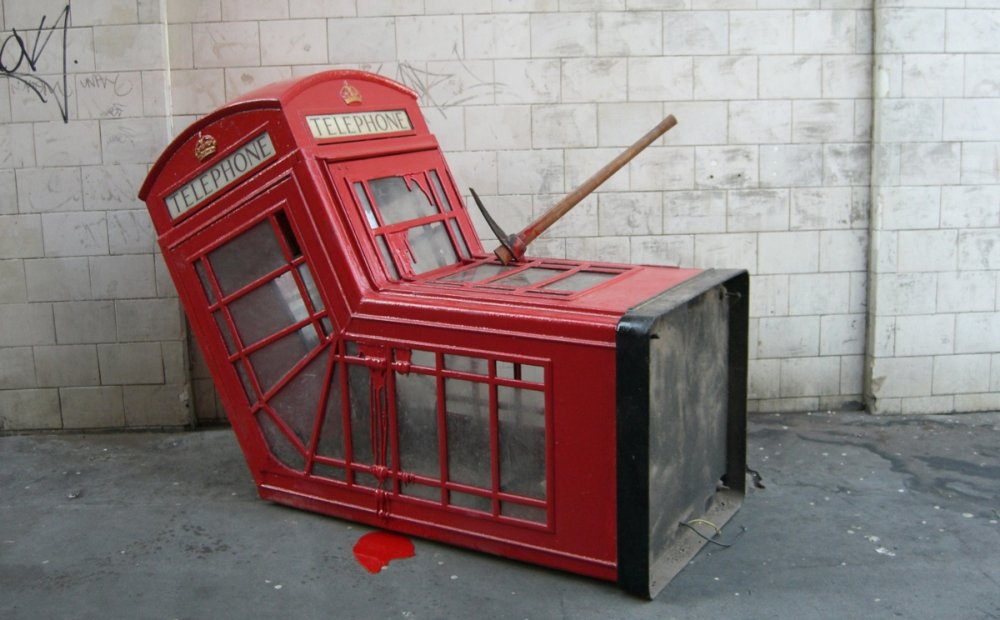
Stickers – One of the easiest and most widespread forms of street art is using stickers. They are easy to make and easy to place, they usually have some kind of message, image, tag, character or something of that sort, and they can be found virtually anywhere
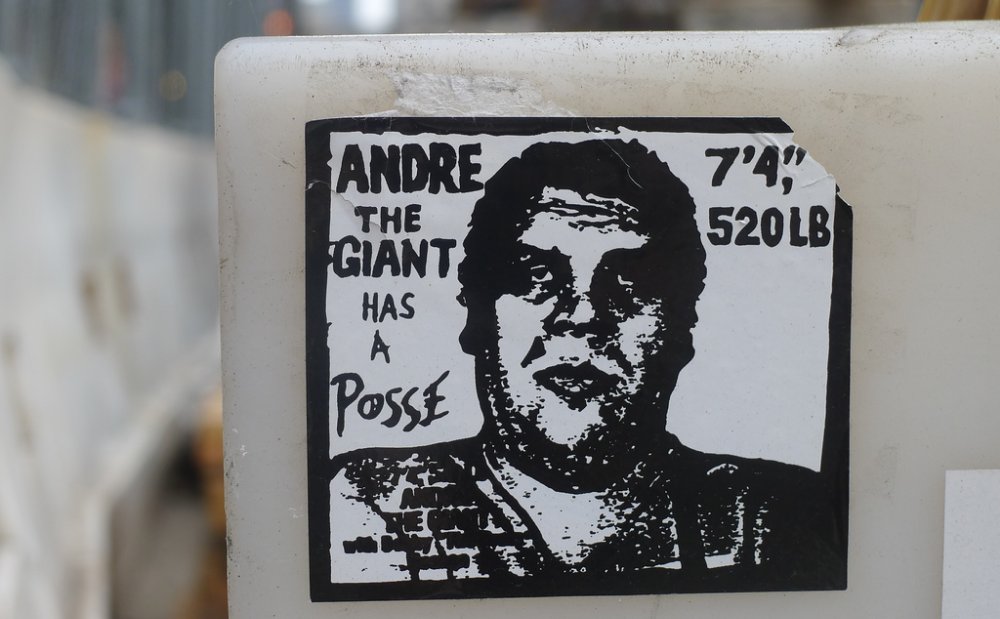
Stencils – This type of street art requires designs to be cut into paper or cardboard and sprayed onto a wall. They can show a message or an image and they can represent a series of works, or just a stand-alone piece of street art
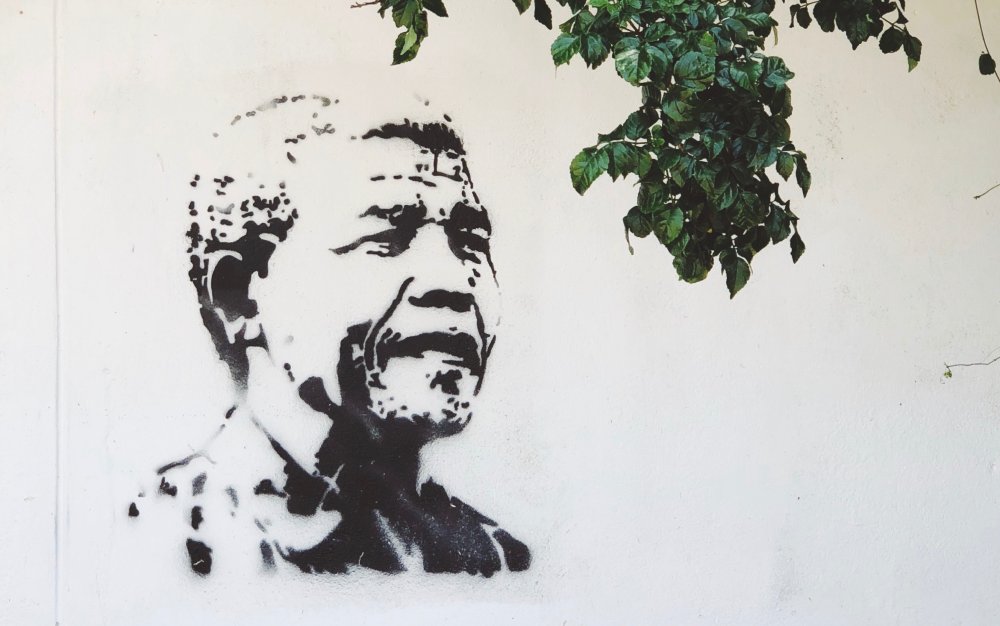
There are other terms and styles throughout the street art world, but these are the most commonly used ones, and the ones you are most likely to see in almost every city around the world.
Ethics and legal issues regarding street art
From the legal point of view, it can still be challenging to swim in the waters of street art. Most of the countries have strict laws against graffiti, and some areas of almost every city in the world are simply off limits to street artists, but this doesn’t stop them. Getting caught while doing street art in Great Britain may result in a significant fee and even imprisonment. Great artists known worldwide for their art served prison sentences after being caught in the act. This raises the question of ethics when it comes to the incarceration of street artists. Graffiti and street art are both forms of artistic expression, but in the
Because of this, numerous artists have decided to keep a low profile. Most known of them all is definitely the street artist going by the name Banksy. He first became popular with his stencil and graffiti art all over Bristol, slowly evolving and reaching galleries and museums all around the world. He reached such artistic levels that building owners whose buildings had his art started preserving it, and it even elevated the prices of the property.
Banksy sent out a powerful message for all of the aspiring artists worldwide, unrelated to any specific art medium, and that message was clear. It explains that perseverance in street art leads to better planning skills, especially because you have to face adversity from a lot of different angles and you have to organize yourself in the best way possible. These skills affect the way you approach art and you become more efficient in what you do. In the long run, it can help you become a more mature artist and even reach fame through lessons learned while doing something considered illegal and even dangerous. One thing is certain – experimenting with the street art will definitely affect the way you think about any art form.
Modern applications and future of street art
There are tons of things artists can pick up from street art that can be used for their own artistic medium. For example, with the internet evolving so fast, there is a virtual sea of different street art styles applied and used online. With its unique aesthetics and appeal, almost every major web design agency recommends using it in one way or another when it comes to engaging web development. Social messages, engagement and the adrenaline rush which often follows street art as an art form have proven to be quite useful in the online world. There are a lot of web designers who emphasize their street art experiences as something which has helped them truly understand the process designing enticing websites. And apart from the web design, street art has numerous other applications, as well; in the fashion world, printing design, typography, and even marketing, so, naturally, it should be studied and researched by all types of artists who are considering any kind of applied arts specialization.
So, what’s there for an aspiring artist to take away from street art? Well, first of all – experience. Working with different equipment in different surroundings and in specific situations can really affect the way you think. It can significantly affect your cognitive skills, while you can learn about different mediums. Secondly – the street art scene is always changing and evolving and as an aspiring artist, trying to get involved in such a dynamic art scene can help you learn more about yourself and what your art represents for you. Involving in street art as a young professional can help you get quite a significant skill set for your future artistic endeavors.
There are lots of things someone can learn from the experienced street artist. From different techniques to the way of thinking, there are skills and ideas that can help you really understand the calling, as well as learn something immensely helpful. Any street art experience can help young artists define their own style of art and learn how to deal with open criticism. It can help them understand different artistic mediums and lead them to a very interesting path of self-discovery.

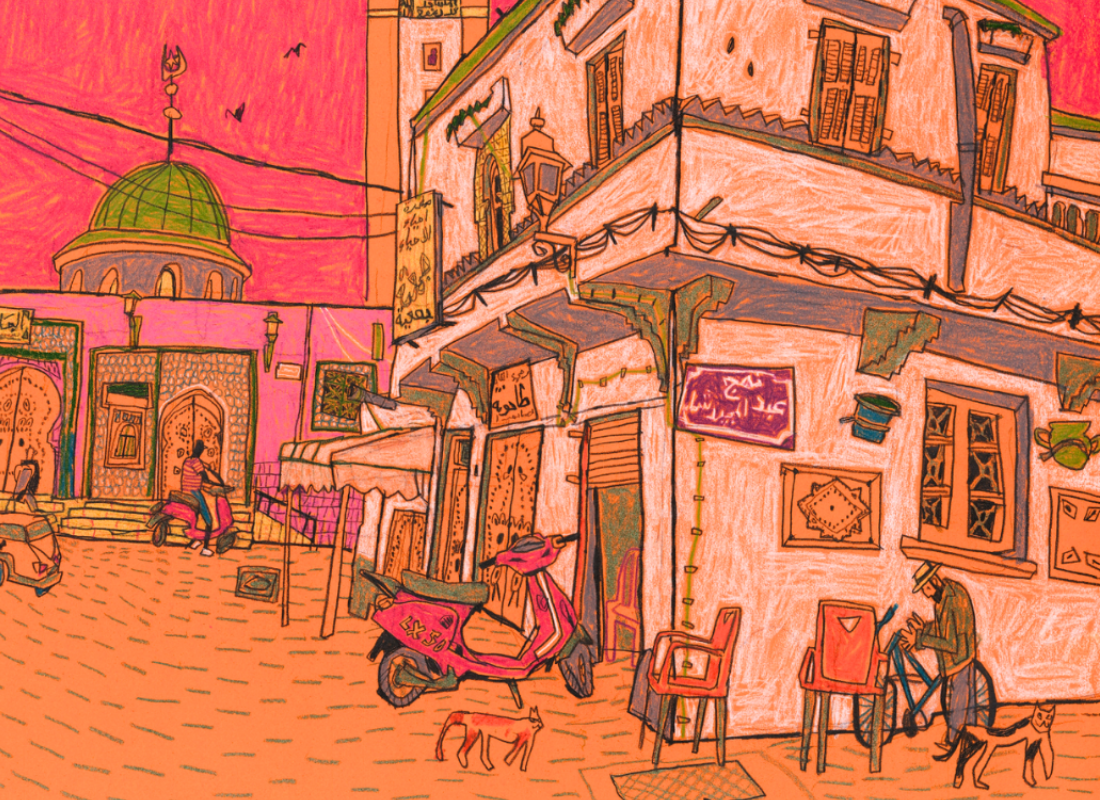
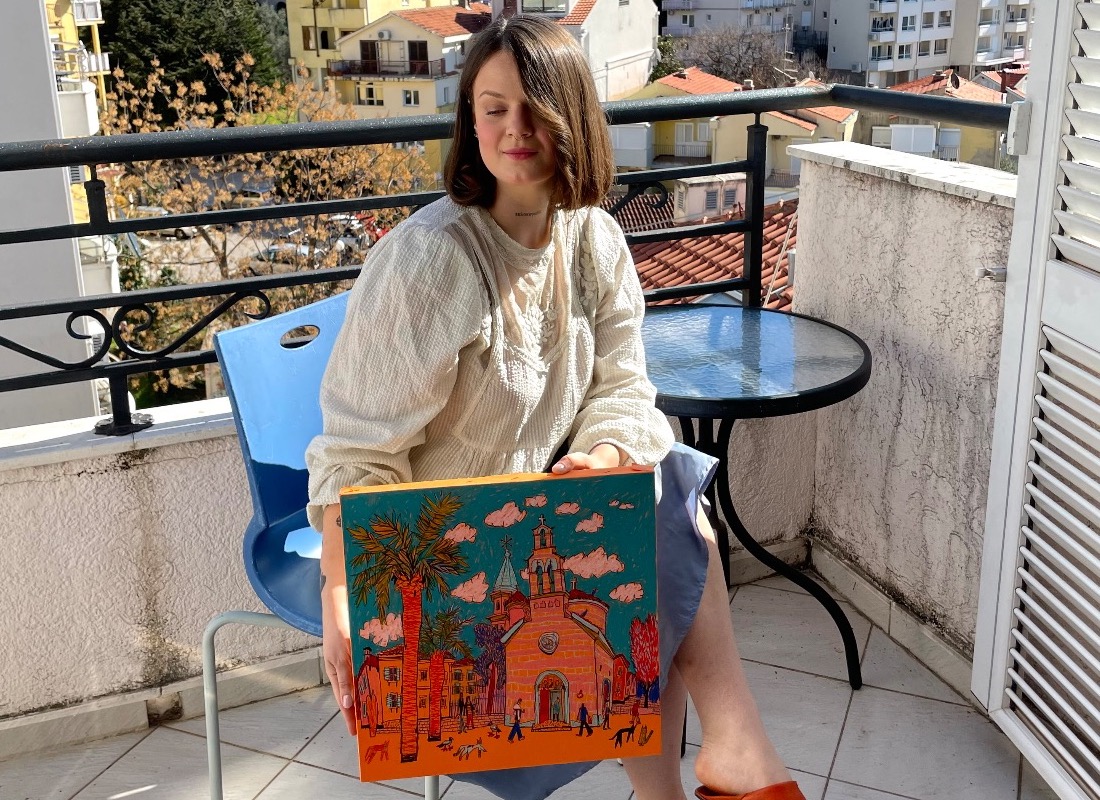

.0af71f.jpg)
.ec8cc4.png)